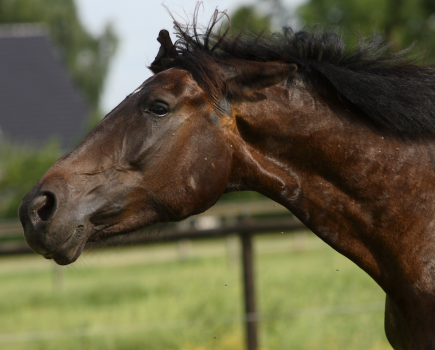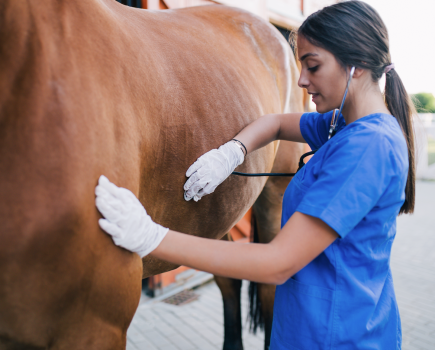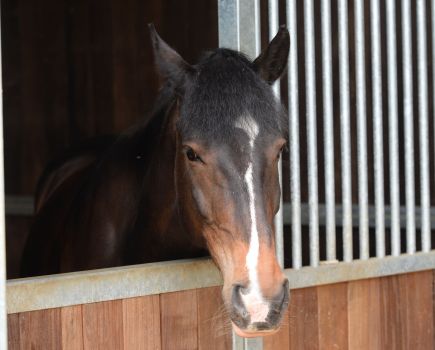Kissing spines is a painful condition for those suffering from it. Here, vet David Rutherford from Fellowes Farm Equine Clinic explains more about the condition and the different treatment options available.
The term ‘Kissing spines’ is a term used to describe a condition where the pieces of bone that project upwards from a horse’s back bone (the dorsal spinous processes, or DSPs) become too close together and start to grate on each other, causing pain.
It’s most commonly found in the middle of a horse’s back under the saddle region, but can occur anywhere along the spine. It’s a progressive condition that usually affects horses aged between seven and 14 and is quite common in larger breeds, particularly Thoroughbreds, but rare in ponies.
Horses with kissing spines will struggle to perform well under saddle, and show signs of pain in their back – though this discomfort can present itself in different ways. The first thing you may notice is a lack of forward movement, especially in canter. Bucking, refusing jumps or reacting when the girth is tightened or the rider mounts are other signs.
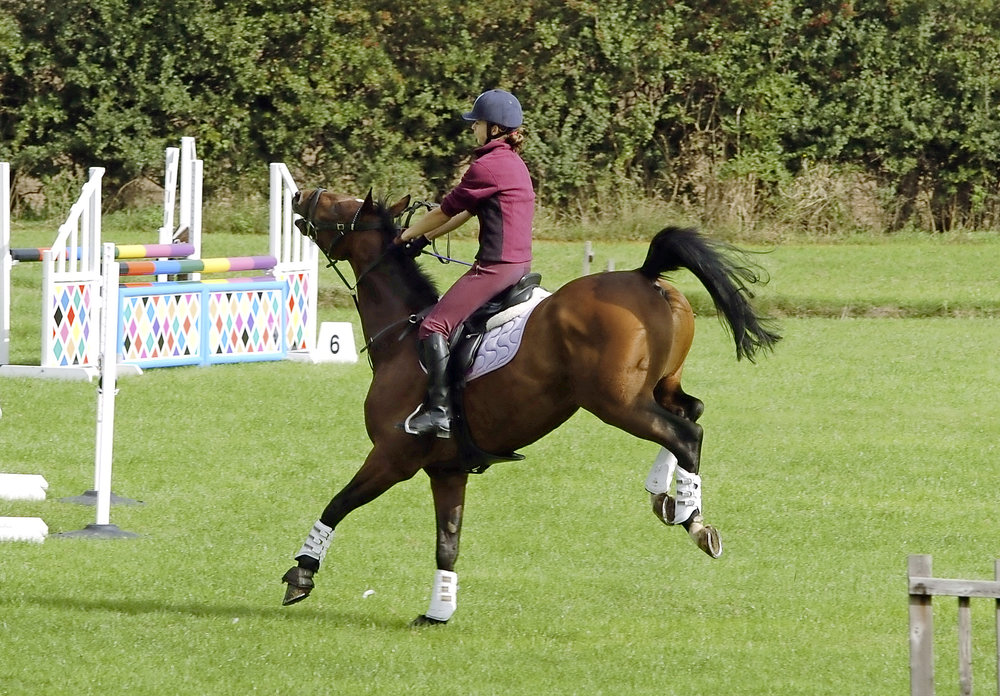
Bucking can be an early indicator of a problem in your horse’s back
To diagnose kissing spines, the first step is usually to take radiographs of the DSPs. Kissing spines is suspected when the gap between the DSPs narrows and, in some cases, the bones are touching. Often the bony margins will have areas of increased density (which shows as white on an x-ray) and areas where the bone has partly dissolved (black on an x-ray).
In very severe cases the diagnosis may be based on x-rays alone, but this can be problematic as some horses with quite nasty radiographic abnormalities can in fact be completely pain-free in this area. Therefore either bone scanning, or nerve blocking the area and observing an improvement in ridden performance, is usually necessary to confirm the problem.
To diagnose kissing spines, the first step is usually to take radiographs of the DSPs. Kissing spines is suspected when the gap between the DSPs narrows and, in some cases, the bones are touching. Often the bony margins will have areas of increased density (which shows as white on an x-ray) and areas where the bone has partly dissolved (black on an x-ray).
In very severe cases the diagnosis may be based on x-rays alone, but this can be problematic as some horses with quite nasty radiographic abnormalities can in fact be completely pain-free in this area. Therefore either bone scanning, or nerve blocking the area and observing an improvement in ridden performance, is usually necessary to confirm the problem.
Can you prevent it?
As kissing spines is a naturally occurring, progressive condition, prevention isn’t possible. There are, however, some things that can be done to help reduce the risk. Experts believe there’s likely to be a genetic component to kissing spines, so breeding from known sufferers should be considered very carefully. In addition, it’s wise to avoid any ridden exercise until a horse is approaching his or her skeletal maturity at three to four years of age. This will give his bones the best chance to develop as they should.
Before you buy a horse, ask your vet to take survey radiographs of his back as part of the pre-purchase exam. Sadly, if a defect is found, this won’t mean the horse will avoid developing kissing spines in the future, but it will at least minimise your risk as a potential buyer.
Finally, bear in mind that the condition is worsened by the action of riding your horse, so symptoms will develop quicker the more work you do with him.
How is it treated?
Once a diagnosis of kissing spines has been confirmed one of three routes can be taken:
1. Medical
While it won’t cure the problem, medical treatment will allow the horse to continue working. Treatment consists of a combination of oral painkillers, anti-inflammatory cortisone injections into the affected part of the back, physiotherapy and altered training methods. This will improve the situation, but rarely resolves it and, as the condition worsens, it becomes less effective.
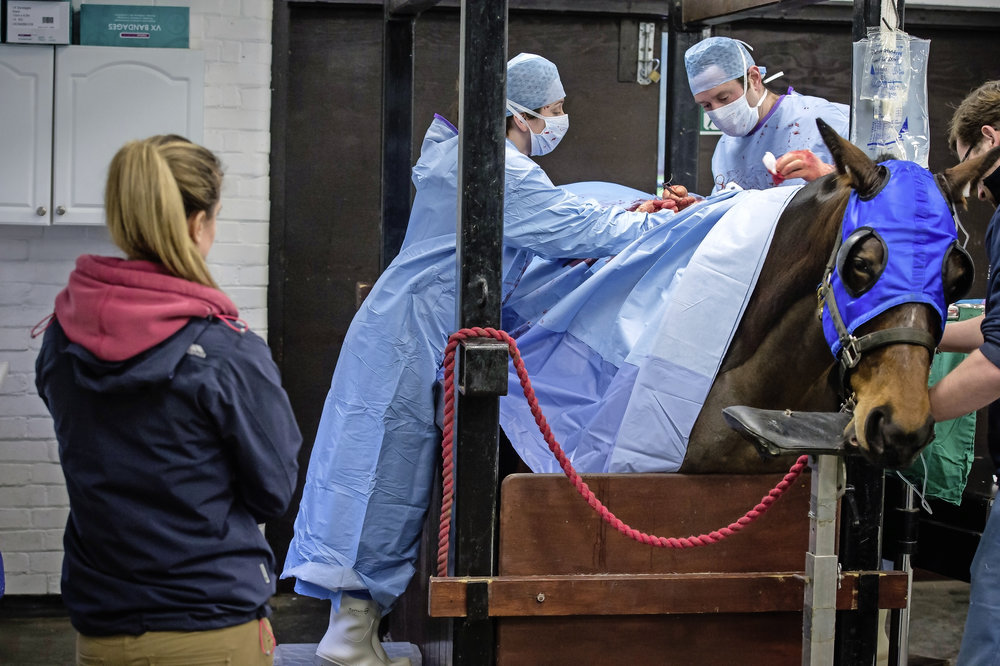
Surgery can be used to create a larger gap between the impinging bones in cases of Kissing Spines
2. Surgical treatment
Surgery can be used to create a larger gap between the impinging bones. In some situations wedges of bone are removed, and in others splitting the ligament between the bones is sufficient. Often the procedure is carried out under standing sedation with local anaesthetic, rather than under full general anaesthesia. The exact method of treatment will depend on how severe the impingement is, and on the preferences of surgeon and owner.
3. No treatment
No treatment will ultimately result in retirement or euthanasia.




